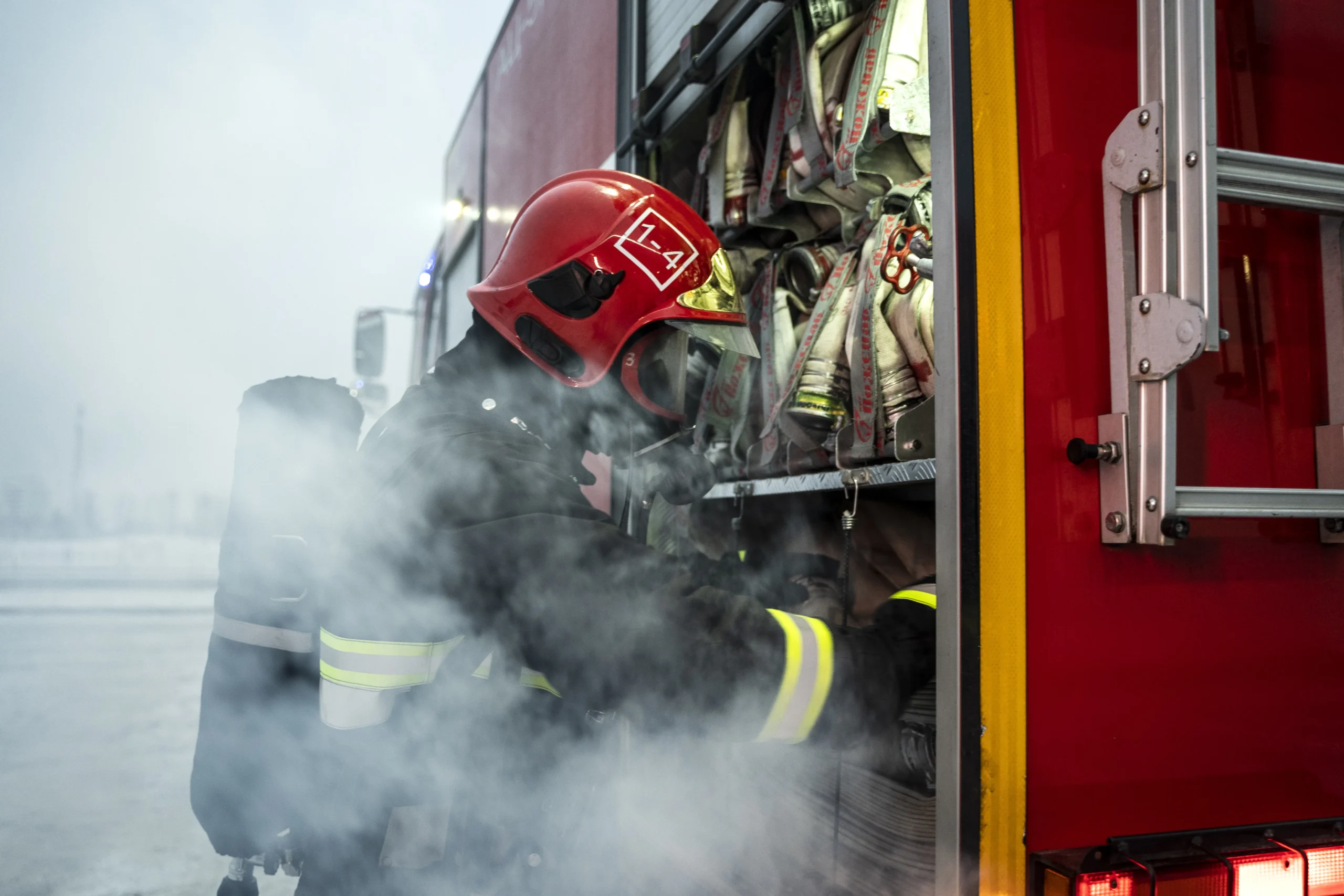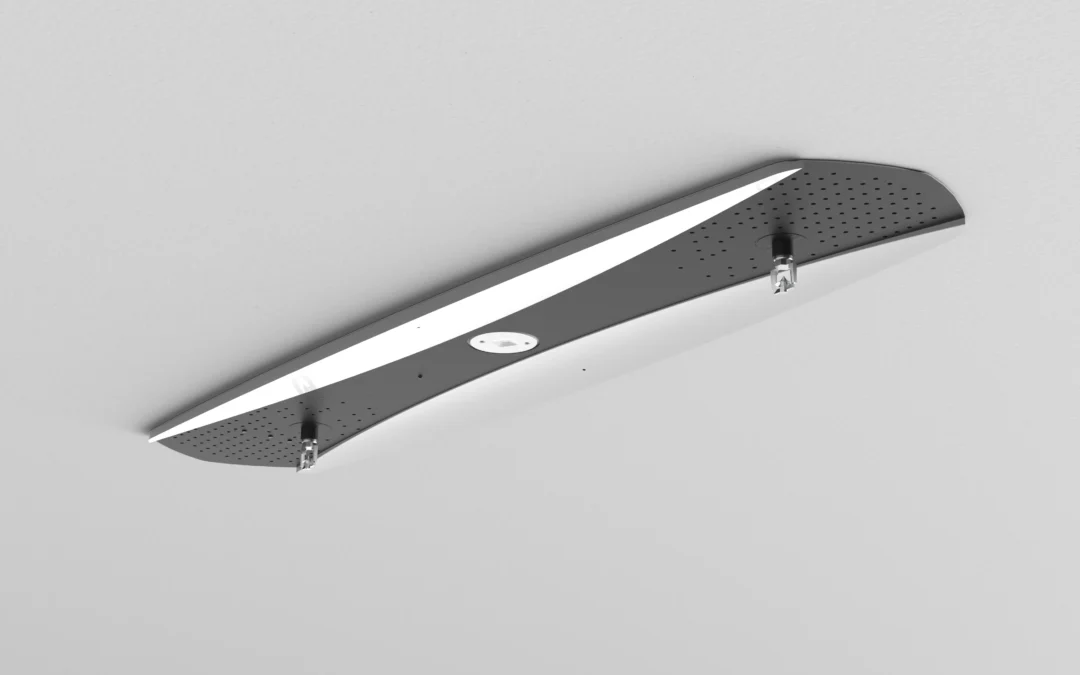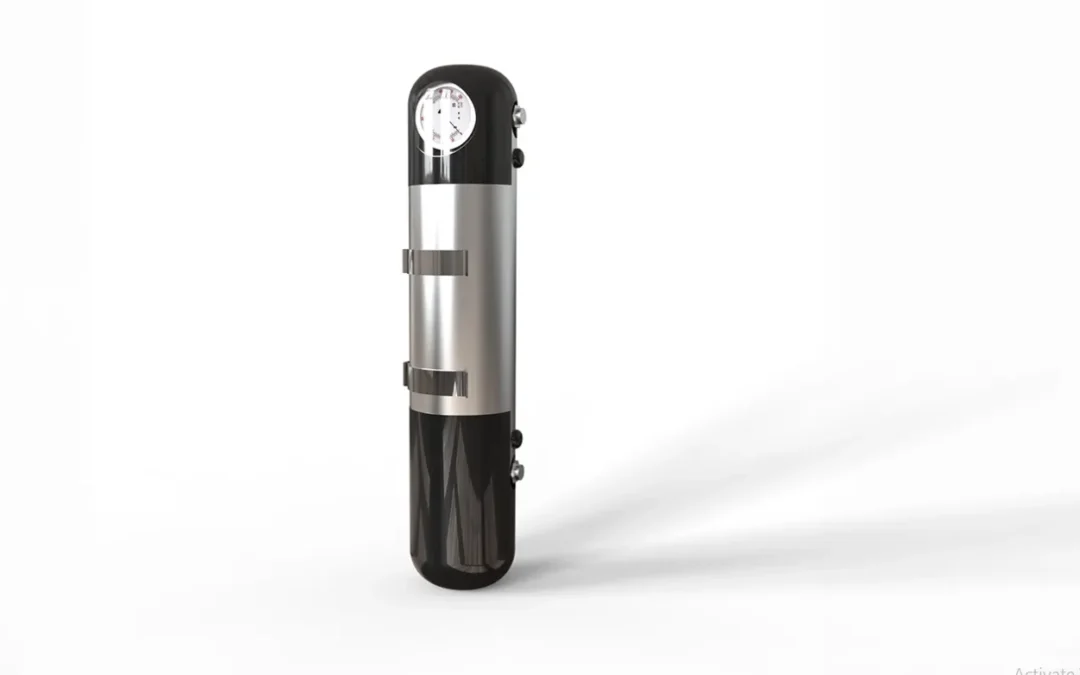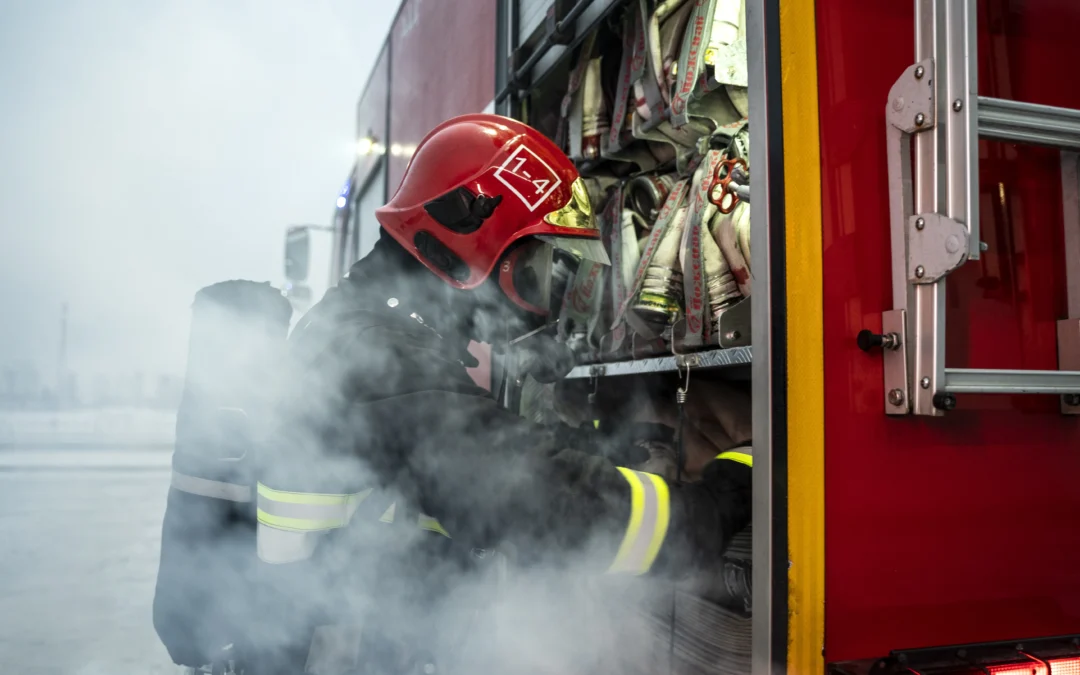In 2025, protection for your vehicle will entail more than just securing the doors or checking the engine oil level. With vehicles becoming more technologically advanced over the years, including an increasingly battery-powered and electronically controlled environment, a new threat has become more prevalent-fire.
Whether an SUV for your family, a tradesman’s ute, a campervan off-grid, or electric vehicles quietly feeding with power in a driveway, onboard fire incidents are rising-which means a corresponding increase in demand for an immediate in-vehicle fire safety device.
The Fire Risk Hiding in Plain Sight
There are vehicles designed with extraordinary structural brilliance. But beyond the dashboard and under the bonnet, a delicate balance of heat, fuel, power, and flammable materials reveals itself. One fault-a frayed wire, an overheating battery, or a minor fuel leak-may suddenly develop into something more dangerous.
Some of the major causes of today’s vehicle fires include:
There Is a Dangerous Electrical Failure in an EV, a Hybrid, or a Poorly Istallation of Accessory. Overheated components, mostly worsened by summer heat. Fuel system issues and/or high-pressure fluid leaks. Battery overloads in caravans or 4WD vehicles that contain an inverter and solar panels.
Typically, the fires do not announce themselves. There is rarely time to react, just a smell, a flicker, and in seconds, either smoke or flames.
The Numbers Tell the Story
According to Australian fire authority records, about 2,500 vehicle fires broke out yearly, and that is just what was reported. A loss of about one-third of these fires was not caused by crashes but by mechanical or electrical faults. Many of these fires occur on highways, in rural areas, or in parked vehicles-therefore, help for such fire incidents is rarely close.
Yet in most of these cases, no onboard fire safety device was included.
Why 2025 Will Be the Tipping Point
Touted by three clear trends, the thinking of Australians about vehicle fire safety will change:
1. The Rise of Electric Vehicles
EVs are gaining popularity, and so is the risk of thermal runaway in lithium-ion batteries. Fires of this nature burn hotter, faster, and are more difficult to extinguish with the use of conventional extinguishers.
2. Mobile Living and Off-Grid Travel
The pandemic has led many Australians to live out of or travel in vans, 4WDs, or even tiny homes. These arrangements often include gas appliances, portable heaters, and very high-powered electrical systems of which are adding to the fire risk.
3. Regulatory Pressure
Fleet operators, rideshare providers, and commercial transport currently have growing requirements for onboard fire suppression-most of these categories are high risk, including school buses, EVs, and trades vehicles.
What is a Portable Fire Safety Device?
Portable fire safety devices are distinct from heavy extinguishers as they are compact, self-contained units that can automatically detect and extinguish fires. Most of them can be installed under a seat, within an engine bay, or in any other high-risk area, while some can be activated manually; others would automatically trigger based on either a temperature sensor or a gas sensor.
The Benefit of Installing One:
✅ Fast Reaction Saves Lives
A fire doubles its size every 30 seconds. By having an automatic device that immediately reacts, people can get out safely, while property damages are minimized.
✅ Need not Fumble in Panic
Most of the modern fire devices need no aim or pull on the pin. They are set-and-forget, always on standby.
✅ Minimal Clean-Up
The new aerosol suppression systems, such as that of The Fire Knight’s Comodo, do not leave residuals in contrast to the conventional powder extinguishers and would not damage electronics.
✅ Peace of Mind on Every Drive
Be it a community mall run or in the outback, having a backup plan, one with peace of mind knowing it’s on board, becomes priceless.
✅ Insurance as well as Compliance Benefits
Some of the insurers already reward such vehicles with onboard fire safety. For commercial use, it may soon be a mandatory accessory.
Who Should Install One?
Talk about a fire driver; there are hardly any drivers who wouldn’t benefit from fire safety in vehicles, but the following groups are most at risk:
Carpenters and handymen with utes full of tools and batteries, Caravan and RV travellers, Electric and hybrid vehicle owners, School buses and transport companies, Rideshare drivers and couriers, Regional or remote drivers far from emergency services. What to Look for
So, you’re thinking about a fire safety device by 2025? Check it for:
Automatic and/or manual activation
Coverage of multiple fire classes (A, B, C)
Aerosol or gas-based suppression
Certified for vehicle use & high vibration tolerance @ Minimal clean-up and no electrical damage
Discreet size and modern design
All these conditions are fulfilled by the Fire Knight’s Comodo system – compact, pre-charged, easy to fit, and always prepared.
Conclusion
You never think of fire. But when it comes, either you have the device or you don’t. And believe me, that’s all there is to it.
In 2025, it’s not just safety; it’s responsibility — and that’s portable fire safety device responsibility, whether for your family, fleet, or future.











